When we originally set out to capture the realities and challenges facing youth-led civic engagement groups, we had no idea all that 2020 had in store. We didn’t know a global pandemic was coming that would expose so many of the fault lines and inequities in American society – basic things like who has access to healthcare, childcare, or an economic safety net, whose work is valued, and whose lives are on the line in times of crisis. And though the violence of racism has always been ever present for communities of color, we also did not know we would be finding ourselves in a racial justice awakening like we haven’t seen since the civil rights era following the brutal murder of George Floyd – may he rest in power…
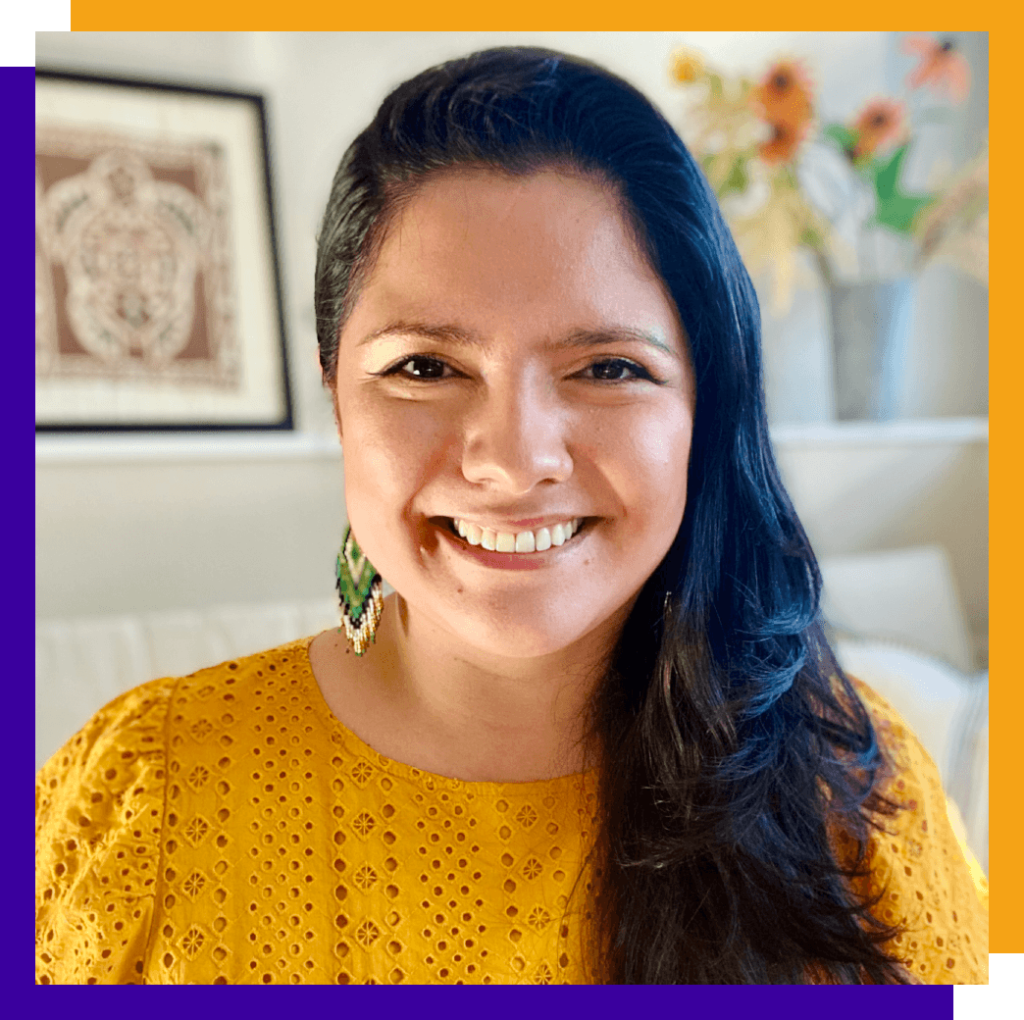
2020 was anything but business as usual. The pandemic brought polarization and political tensions to a boiling point. Those who work in civic engagement found themselves straddling the need to reach voters in what promised to be a historic election year, while shifting most operations online, and navigating an ever-changing landscape in terms of how people could vote and what issues were likely to motivate them.
Here are our most striking takeaways about youth organizing and civic engagement in 2020.
In a recent YEF survey, 100% of donors reported they believe youth and young adults of color are critical stakeholders in democracy. But less than 25% gave to young people, and less than a quarter of those directly supported youth of color. Here’s an even more damning statistic. After the uprisings for racial justice, we saw a surge of pledges from foundations and Fortune 500 companies to do better by Black communities. While funders reported commitments to invest tens of billions in racial justice and equity, only $4 billion was granted to racial justice and equity organizations in 2020 – far less than the estimates promoted by the philanthropic sector.
When the pandemic struck, we doubled grants to our existing partners, sped up our annual grantmaking, simplified reporting requirements, brought on new partners, and built out youth civic engagement collaboratives in Georgia and Arizona. These are just a few ways foundations can cut red tape and start to address generations of underinvestment in communities of color. Others like the Marguerite Casey Foundation are taking similar steps to rectify centuries of underfunding. Their Freedom Scholars program provides unrestricted support to youth leaders working to shift narratives about issues impacting young people including reproductive justice, Indigenous erasure, and prison abolition. More foundations need to follow suit. Since 2020, YEF has given $4M a year exclusively to youth of color-led groups. But to put the youth of color organizing on parity with adult civic engagement efforts, the true number we’d need to invest is $10 million annually.
YEF is dedicated to closing this gap in the democracy funding landscape but we need some of the biggest players in grantmaking today to join us. And money alone is not enough. Many youth leaders report that the political organizations take a very transactional approach to engaging youth. They come for their votes in election years, but do not give youth of color a place in substantive conversations around strategy, policy platforms, or solutions to problems that disproportionately fall on their communities.
By turning out to vote and motivating their friends and families to vote. While it’s true there was record turnout from many directions, if you zoom in on Georgia or Arizona, the organizing there shows a very clear picture. In YEF’s priority state of Georgia, 20% of votes cast were by young people. The Associated Press revealed that voters under 30 years old gave now President Biden a 19-point advantage over former President Trump. Young Black voters in Georgia made the biggest impact. Young black voters in Georgia voted for Biden over Trump 90% to 8%. Numbers are similar in Arizona where youth voters made up 16% of the state’s electorate and supported Biden by 22-points. In Arizona, Latinx youth voted for Biden over Trump 68% to 29%.
Choosing not to invest in the region would be a terrible mistake. Our efforts are paying off in states like Georgia and Arizona, which went blue in 2020, and New Mexico and Texas have tremendous untapped potential. These are states where young people of color will be the majority of voters in 15-20 years. In New Mexico, Texas, and California, people of color make up 50% of all voters now and will be 60% by 2036. Georgia’s electorate will be 50% people of color by 2036. In Arizona, Florida, Louisiana, and Mississippi, people of color are currently 40% and will be closer to 50% of all voters by 2036. It is essential to invest in local movements there now and seize the opportunity – so youth can develop the power to fight the right political battles and win. We see what became possible after a decade of investing in movement-building in Georgia. But without reasons to stay, fight – and something to build – many youth of color flee their home states to cities like Washington D.C. with more political opportunities and progressive politics.
Harvard’s Youth Poll reports 8-19 point increases for the idea that the government should address immigration justice, healthcare, alleviate poverty, and promote climate justice and affirmative action. All of this is reflected in voter results. In 2020, 61% of people aged 18-29 voted for Biden and 37% for Trump. Young people of all ethnic groups are increasing their political engagement, from 24% in 2017 to 36% in 2021.
And with a proclivity to take action comes hope for the future. 18% of young Black people in 2017 compared to 72% today say they have hope for our country. 29% of Latinx youth in 2017 versus 69% today considered themselves hopeful about the future of the country. Years before youth become eligible to vote, they are politically active online, sharing and creating content that helps hone their political consciousness. Unlike previous generations, which often focused on gaining entry to elite institutions and jobs, today’s youth see how people of color are systematically excluded from nearly every industry, or expected to act white once they do gain entry. While all generations lean left when they’re younger and become more centrist or conservative with, what we are seeing now – a fundamental action-oriented reordering of society – has not happened since the civil rights movement and anti-war protests of the 1960s.
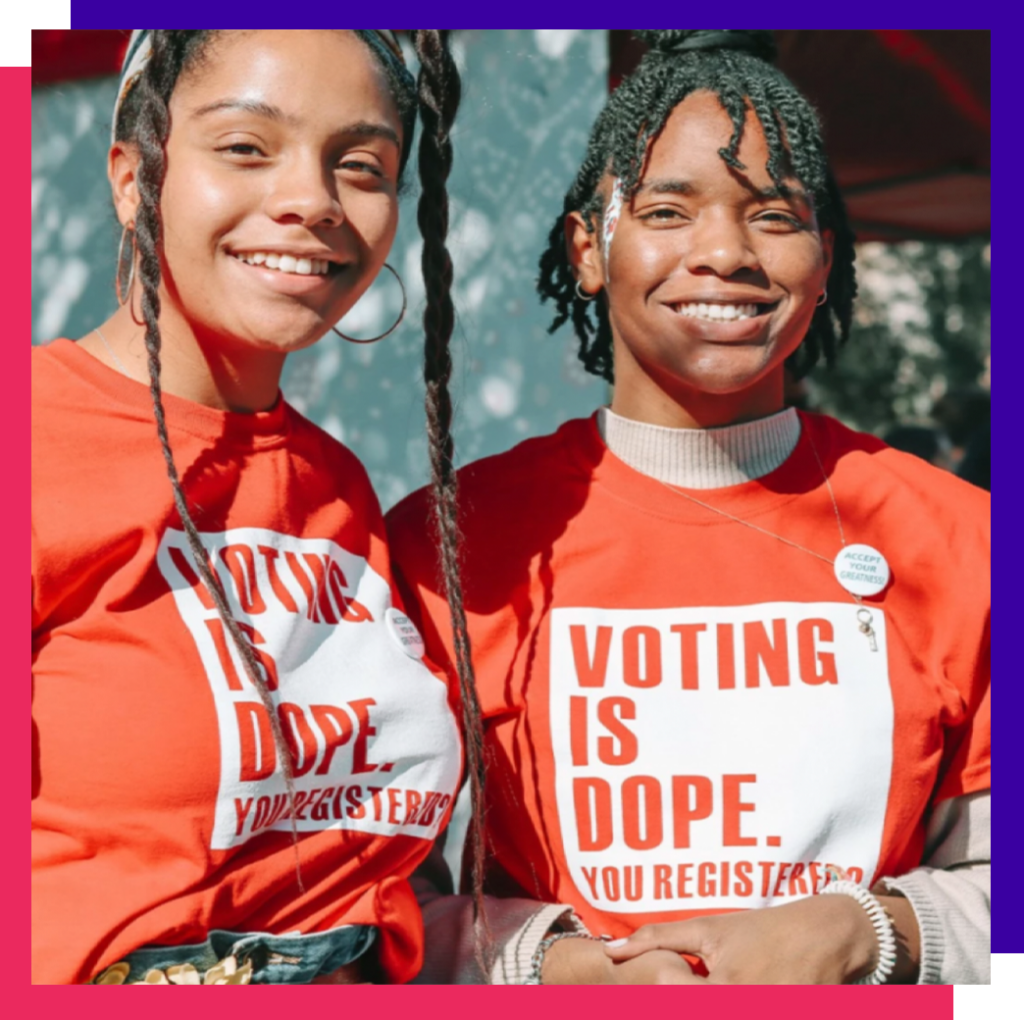
In our research, we looked at the characteristics that unite youth civic engagement groups and set them apart from the larger sector. These differences are important because they speak not only to the present moment, but also to the future of organizing.
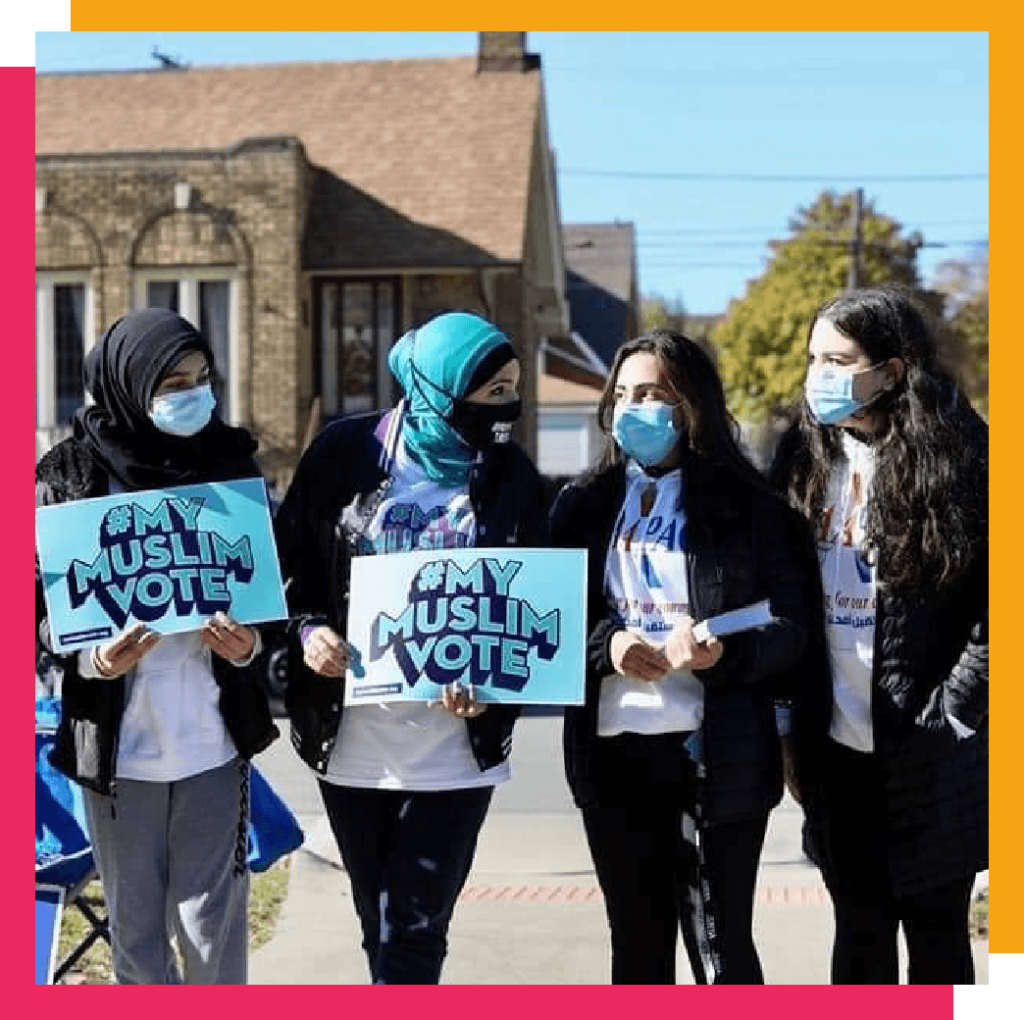
With voter suppression efforts rampant across the South and Southwest, and the 2022 midterms and 2024 presidential election right around the corner, now is the time to commit to funding a national movement for racial justice and a truly inclusive democracy. Through this civic engagement landscape analysis, we identify three central problems hampering dynamic, effective, and inclusive movement-building by and for youth today.
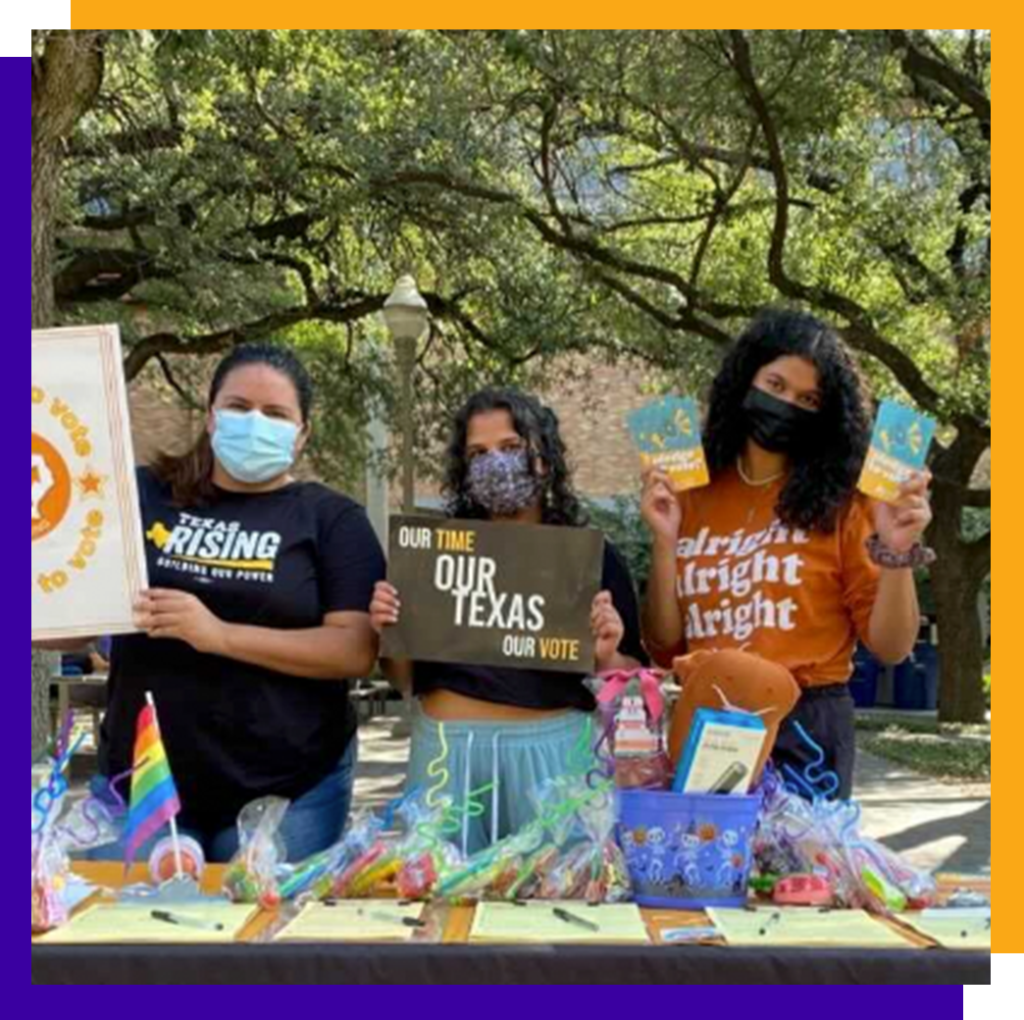
Most of the youth civic engagement groups we fund understand that without collaboration and a deep intersectional organizing strategy, winning real change is impossible. However, when youth of color team up – across issues to demographics to drive local initiatives and join forces with adult electoral groups – we see what’s possible.
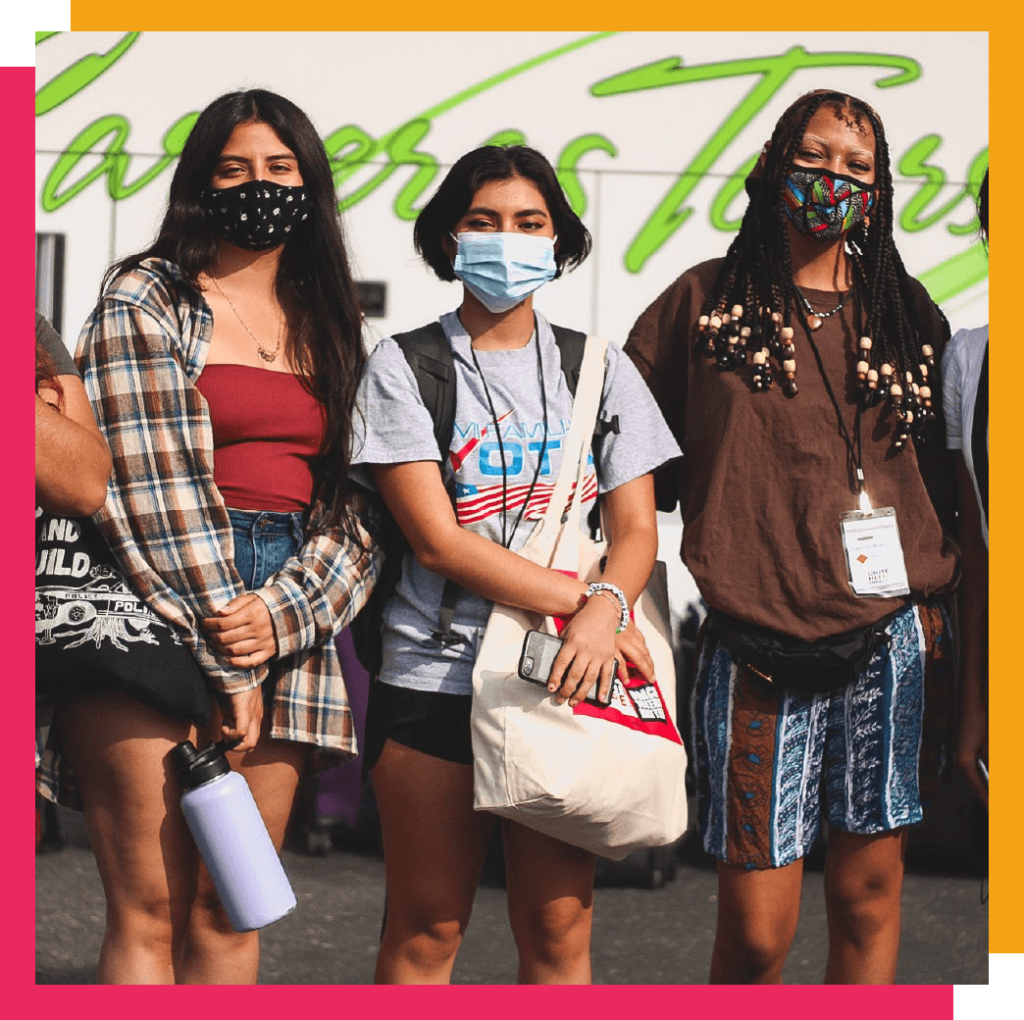
Here is what we the funders, more established civic engagement groups, and all those supporting grassroots organizing could do to confront the challenges and kick open the door to a more vibrant, inclusive, and successful movement building nationwide.
Between the pandemic and the protests after George Floyd’s murder, 2020 sparked an awakening that was long overdue and is not going away any time soon. Americans of all ages and colors woke up to the reality of racial injustice and financial insecurity, and young people took to the streets – they got involved on a scale not seen since the 1960s,
When we originally set out to capture the realities and challenges facing youth-led civic engagement groups, we had no idea all that 2020 had in store. We didn’t know a global pandemic was coming that would expose so many of the fault lines and inequities in American society – basic things like who has access to healthcare, childcare, or an economic safety net, whose work is valued, and whose lives are on the line in times of crisis. And though the violence of racism has always been ever present for communities of color, we also did not know we would be finding ourselves in a racial justice awakening like we haven’t seen since the civil rights era following the brutal murder of George Floyd – may he rest in power.
The 2020 presidential election loomed over the grief, rage, and uncertainty we all felt. At the Youth Engagement Fund, one thing has always been certain for us: youth and young adults of color will be catalysts that lead us to liberation. And in 2020, we knew that the time to acknowledge, respect, recognize, and invest in young people of color doing movement work was long overdue. My family moved to the U.S. from Colombia when I was 7 years old. As a high school student, I became part of the immigrant youth movement that won the most prominent immigration policy we have seen in over 30 years –Deferred Action for Childhood Arrivals (DACA). I know the power of youth organizing. I am a product of the power of youth of color organizing. After 24 years living in the U.S., most of it undocumented, the 2018 midterm elections were the first time my family and I could vote together, and we did so at the elementary school where I learned English.
Today, I am proud to lead the Youth Engagement Fund, the only donor collaborative in the U.S. dedicated to increasing and amplifying the political power of young people of color in some of the most historically underserved regions of the country, the South and Southwest. Going into 2020, we’d planned to do an in-depth survey of youth organizing and “get out the vote” efforts. COVID-19 changed everything and we had to adjust. What we learned was illuminating and inspiring –it was deep community care and radical love. Across this country, throughout the pandemic, 2020 Census and election cycles, young people were out there leading – galvanizing their peers, elders, elected officials and holding the moral compass in the pathway to building a true and inclusive democracy where all we all live with dignity and thrive.
YEF has spent almost 15 years investing and following the expertise of leaders between the ages of 16 and 35, we know their potential. However, regardless of what history has taught us about young people, they continue to be highly overlooked, underfunded and their leadership devalued. I became the Executive Director of the Y0uth Engagement Fund in 2018 at the age of 32 and I too have experienced being sidelined, pushed aside, and underestimated, even in situations where I had obvious value and experience to lend. Standing firmly in our role of service in the amplification of resources and space for youth of color, at YEF, we wanted to zoom in on youth organizers today and what is called upon from us so they can reach their highest potential. As we speed towards the day when white people and Baby Boomers will no longer be the majority in most states, it’s unclear whether civic engagement funders, political parties, or PACs are paying the kind of attention needed to optimize the voting power and civic participation of the next generation.
Some of the questions we sought to answer in our learnings included:
All these questions are important in their own right. And they lead us to the ultimate movement-building challenge: how we can harness the power of our communities to win policy change and elections?
I am proud to present to you the Youth Civic Engagement Landscape Analysis – a snapshot of youth organizing in 2020-2021 and our best attempts to provide answers and insights to these questions. In this work, we followed 19 groups through their COVID relief work in the early days of the pandemic and the shift to nearly all digital organizing in the leadup to 2020 elections; through massive efforts to register new voters and stop voter suppression aimed at Brown and Black communities; to victories as monumental as defeating Trump, and flipping the Senate by winning Georgia’s run-off thanks to an unprecedented (and unimaginable to many) POC-led movement in the South.
In nearly every state we examined, the rise in turnout among young people – largely driven by youth of color – was more than the margin of victory. This didn’t happen overnight. It happened because of relentless grassroots organizing by young people over the last 4 years aimed at something so much bigger than winning elections… winning justice.
No one has more skin in the game of American democracy than young people of color. They have come of age in extraordinary times and see not just the risks of change, but the even greater costs of staying the same. When it comes to racial injustice, the climate crisis, the increasingly fragile workings of democracy and widening gap between rich and poor, we have no choice but to evolve as funders or pay devastating consequences. Shifting funding strategies to embrace the leadership and direction of young people of color today could make all the difference in who leads our next generation’s governments and institutions.
This Landscape Analysis is a wakeup call to all of us who have yet to truly make room for the energy and expertise of young leaders of color. It offers case studies as models for change. We hope it will bring new partners into the civic engagement space, and prompt more of us to get serious about building infrastructure for youth of color. If you want to learn more about any of the groups YEF resources and are in partnership with, or how to get involved in inclusive movement building, go to [LINK TO CALL TO ACTION ON OUR WEBSITE].
I hope, if nothing else, you will take away from this a deep understanding of what young leaders of color are offering us today – and why we should listen and take action.
In Solidarity and Joy,
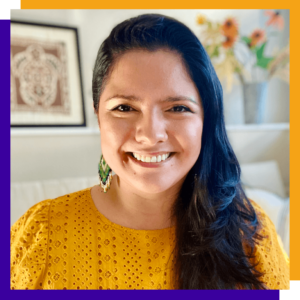
Alejandra Ruiz
She/Her/Ale
Executive Director
Youth Engagement Fund
Youth Engagement Action Fund
Between the pandemic and the protests after George Floyd’s murder, 2020 sparked an awakening that was long overdue and is not going away any time soon. Americans of all ages and colors woke up to the reality of racial injustice and financial insecurity, and young people took to the streets – they got involved on a scale not seen since the 1960s. It’s why I led YEF staff, donors, and movement partners through a revision and reimagination of our current strategic plan, now called the Good Trouble Playbook (2021-2023). We understood that 2020 and 2021 was an inflection point for all of us and we needed to pause to better understand how we can unlock this potential and take proactive institutional steps to fund the growth of young people of color and their capacity to exercise self-governance.
This landscape analysis was aimed at providing a fuller picture of youth organizing and civic engagement in a historic election year. What we found: youth of color are central to multi-racial democracy-building work at a time when the fundamental workings of our democracy are coming apart. What we witnessed across the South and Southwest in 2020 – in Georgia, Arizona, New Mexico, and Texas – is the results of long-term organizing over decades. It is full of lessons for current and new donors in philanthropy who want to double down on these efforts as a way to prepare and build the kinds of multi-racial coalitions needed to win in 2022 and 2024, and for decades to come. Imagine what our democracy can look like in 10 years, if donors and decision-makers in philanthropy hand over the keys.
The last two years have taught us that we can’t win lasting change by simply “winning” elections; the algorithm is broken, and young people of color hold the solutions. Youth leaders have the potential to make the promise of a multi-racial democracy a reality – by delivering ons a bigger margin of victory that can course correct the broken algorithm that has poisoned our public and digital commons. But they are not well-resourced enough right now and this has too often been the case. The Good Trouble Playbook will allow for significant growth of this work and speed up the process of strengthening the movement for long overdue democratic reforms and for opening up space for young leaders of color. But this will not happen without democracy funders and others joining our movement. This year’s Congressional midterm elections will be a litmus test for us to observe in real-time the impact of investment and disinvestment in young people of color across our country.
YEF is a trusted funder partner and we invite you to join us in advancing a mutlriacial democracy alongside our movement partners.